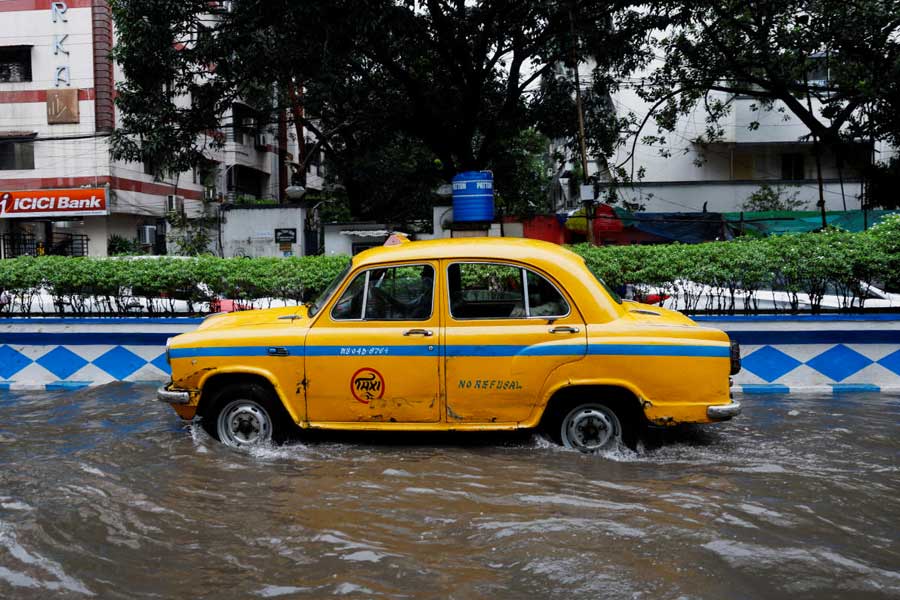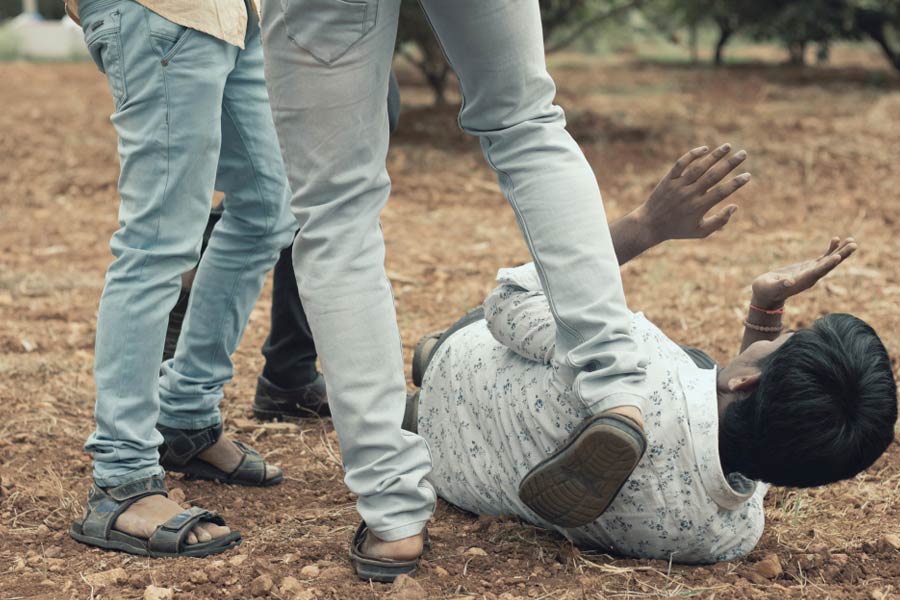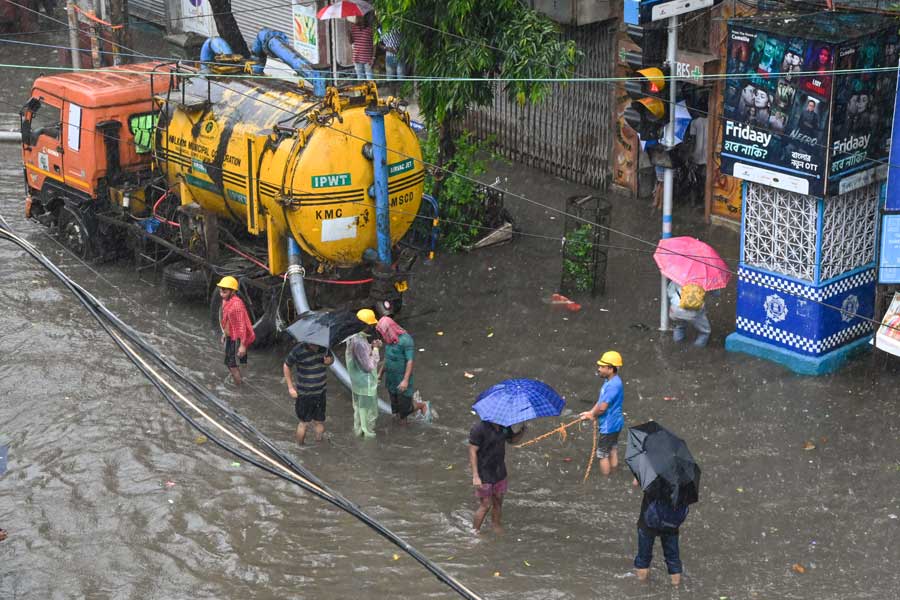At many American colleges and universities, from underfunded institutions to top-tier private colleges, many students have found themselves unable to meet basic needs during the coronavirus pandemic. Financial insecurity, previously accelerated by rising tuition costs and living expenses, has become even more acute because of the closure of campuses, loss of jobs and slashing of budgets.
In response, across the country, students have created mutual aid networks: raising and redistributing tens of thousands of dollars to help their peers cover housing, medical costs, food and other essentials. Generally, students send in requests for small amounts of money, and network organisers send them the funds using payment apps such as Venmo.
“The pandemic has obviously exacerbated a lot of the inequalities that exist on college campuses,” says Neha Tallapragada, 19, who helped start an aid network at Rice University in Houston, Texas. “That’s really been a painful experience for a lot of students. They have been laid off from their jobs, or they’ve had to take on new responsibilities because of losses in family income, perhaps due to Covid-related layoffs.” At some schools, students who depend on dorms for housing have struggled after their campuses closed.
At Rice, aid recipients must provide a school ID number, while at Vanderbilt University in Nashville, Tennessee, students and alumni have created a network for sharing temporary housing in addition to their cash distribution efforts. At Northeastern University in Boston, Massachusetts, organisers aren’t distributing money at all; instead, they use donations to stock a free food pantry and distribute personal protective equipment on campus.
Giving out money is “not something that we’re opposed to, but it isn’t something that we’ve been asked for by students,” says Madeleine Allocco, 21, a junior at Northeastern who has helped with the organising.
The aid networks are entirely student-run and operate outside any official college administration oversight.
At Georgetown University in Washington D.C., students donate cash to a Venmo account, according to one of the founders, Megan Huynh, 20. “Then we have a funding request form for students in need — both undergrads and graduate students — to request basically like a micro-grant of $50 to $100,” she said. “And we just send them the money, no questions asked.”
To date, the Georgetown mutual aid network has raised $25,000 from current students and alumni, and has distributed $20,000. The money, which is meant to be used for “textbooks or groceries, medication, things like that”, has been raised from more than 900 donors, Huynh said, “so it’s really shown the power of small grassroots movements”.
Sara Goldrick-Rab, a sociology professor at Temple University in Philadelphia, Pennsylvania, who studies college affordability, says: “These mutual aid networks are springing up because the new economics of college, which is what I tend to call it, puts students at a significant economic disadvantage.”
She cited exorbitant tuition costs and ever-rising living expenses to argue that college students are often misrepresented as more privileged than they are — and that was before the pandemic.
“We did a survey of 38,000 students around the country, and nearly three in five students were dealing with either homelessness, housing insecurity or food insecurity,” she said, referring to a June study of the pandemic’s devastating effect on student finances. “Students continue to lead the fight to address their basic needs,” she said.
Campus mutual aid networks mirror similar efforts that have sprung up in communities nationwide this year. But several college organisers defined their efforts as distinctly Left-wing and political.
“It’s a form of community care that is in response to the failures of capitalist structures,” says Hadeel Hamoud, 20, a junior and one of the founders of Duke Mutual Aid, who cited the Black Panthers’ aid programme as an inspiration.
Tallapragada at Rice was one of several students who said they started their networks based on the advice of US representative Alexandria Ocasio-Cortez, who wrote a 12-page mutual aid manual with activist Mariame Kaba and tweeted about it in March. “Myself and a lot of other college students at different colleges have been referencing that toolkit,” Tallapragada said.
A mutual aid network at Duke University in Durham, North Carolina, was started in mid-March, after the college sent students home because of the pandemic for the first time. Lily Levin, 19, said she and her fellow organisers at Duke initially ran their network as “a kind of reciprocal exchange”, a forum where students could offer housing or other material goods to those in need. “But as time passed, it became really clear that most people did need financial aid much more than they needed those material goods,” she said.
Georgetown’s mutual aid network was established in July, said Binqi Chen, 20, after she and other students from low-income backgrounds saw the disparities of pandemic-driven inequality play out on social media.
“We go to school with, you know, like, TikTok influencers and students who come from royal families, or ambassador students who can afford to donate a lot more into mutual aid,” Chen said. The average donation is $20, she said, which reveals “who’s contributing to this and who our message is reaching”.
“Primarily that’s the people that are using mutual aid for themselves but can give back to it whenever they can, to support students that they know are also going through difficult times,” she said.
NYTNS











